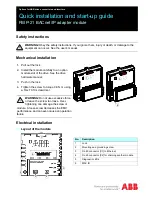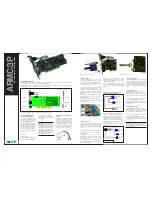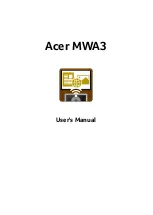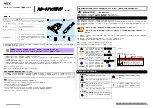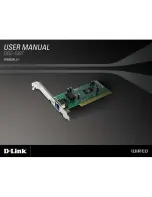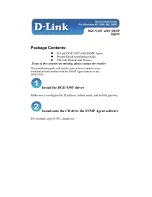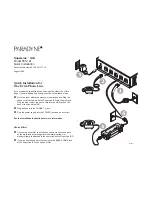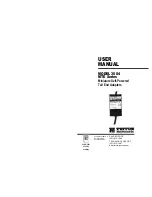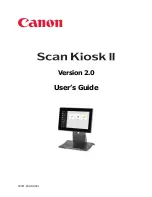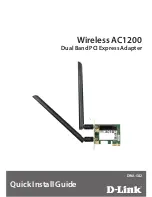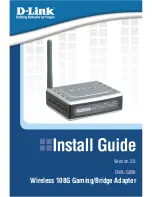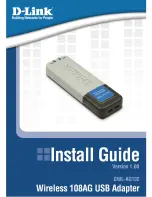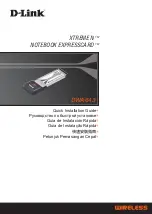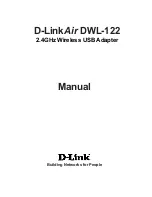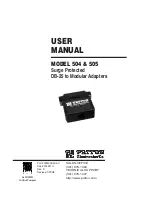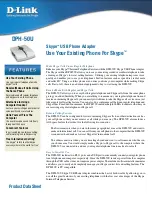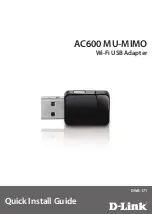
1.
Touch the antistatic package to a metal part of the computer chassis.
2.
Remove the device from the package and inspect the device for loose components or any
other sign of damage.
Caution
Never touch the exposed pins of connectors.
Note
Do not install a device if it appears damaged in any way.
3.
Unpack any other items and documentation from the kit.
Store the device in the antistatic package when the device is not in use.
Preparing the Environment
Ensure that the environment you are using the NI 5741 in meets the following specifications.
............................................................................
Operating temperature
(IEC 60068-2-1, IEC 60068-2-2)
0 °C to 55 °C
............................................................................
Operating humidity
(IEC 60068-2-56)
10% to 90% RH, noncondensing
............................................................................
Pollution Degree
2
............................................................................
Maximum altitude
2,000 m at 25 °C ambient temperature
Indoor use only.
Note
Refer to the
NI 5741 Specifications
at
specifications.
Installing the Application Software and Driver
Before installing your hardware, you must install the application software and instrument
driver. Visit
and enter
rdsoftwareversion
as the Info Code to determine
which minimum software versions you need for your device. Install the software in the
following order:
1.
Install LabVIEW.
Refer to the
LabVIEW Installation Guide
for installation instructions for LabVIEW and
system requirements for the LabVIEW software. Refer to the
LabVIEW Upgrade Notes
for additional information about upgrading to the most recent version of LabVIEW for
Windows. Documentation for LabVIEW is available at
Start
»
All Programs
»
National Instruments
»
LabVIEW
»
LabVIEW Manuals
.
2.
Install the LabVIEW FPGA Module.
Refer to the
LabVIEW FPGA Module Release and Upgrade Notes
for installation
instructions and information about getting started with the LabVIEW FPGA Module.
NI 5741 Getting Started Guide
|
© National Instruments
|
5

















